Observations from the Pandemic Transition Process in Utrecht and Paris
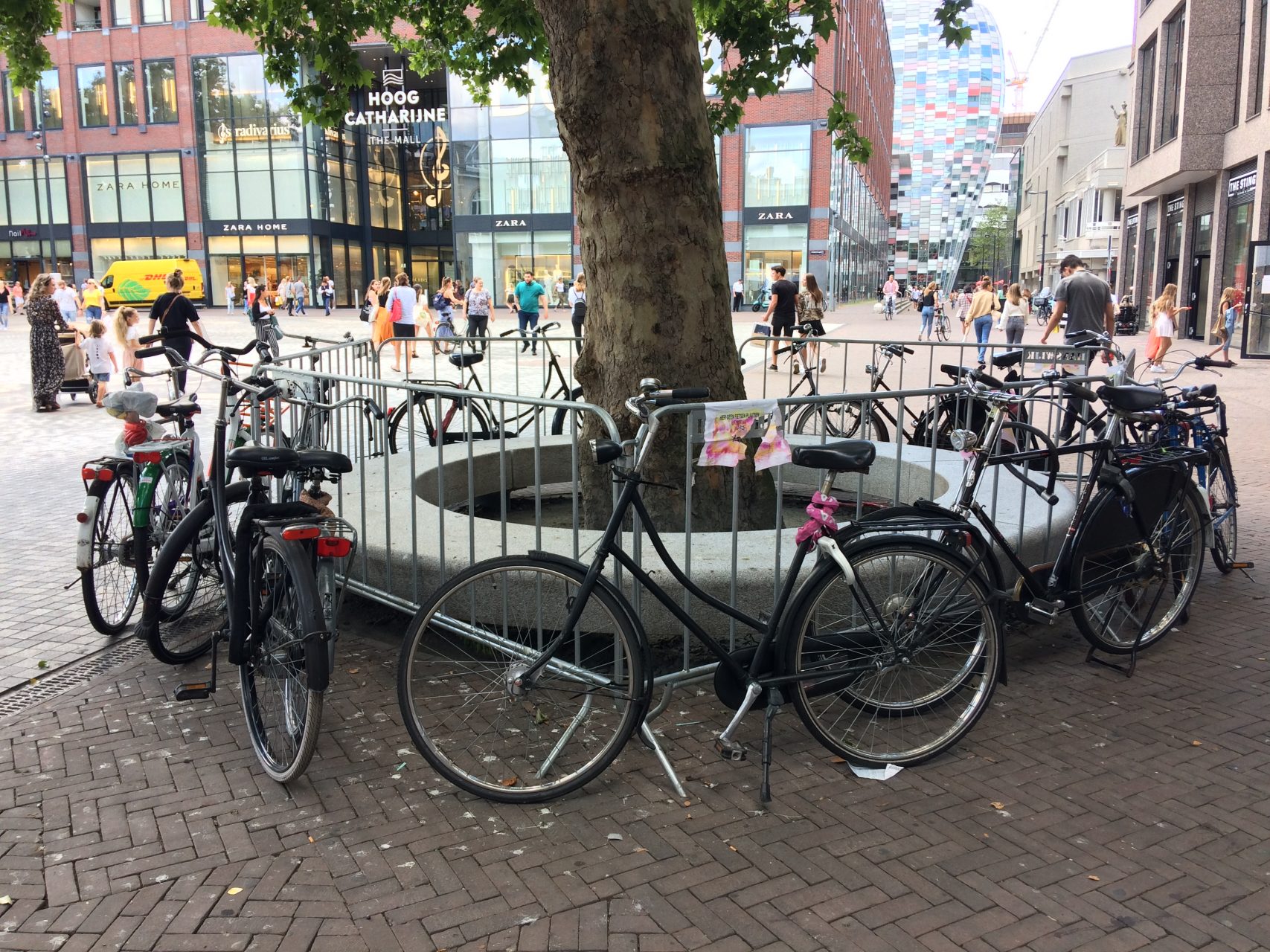
Many cities are suddenly large artists’ studios—pilot programs, cross-pollinations of neighbourhood associations (a creator of associations!)— and mobility networks to regions beyond the city, bringing people together around a common goal. All of it is sanctioned, broadly tolerated, even mandated by urban authorities in the name of health and well-being.1
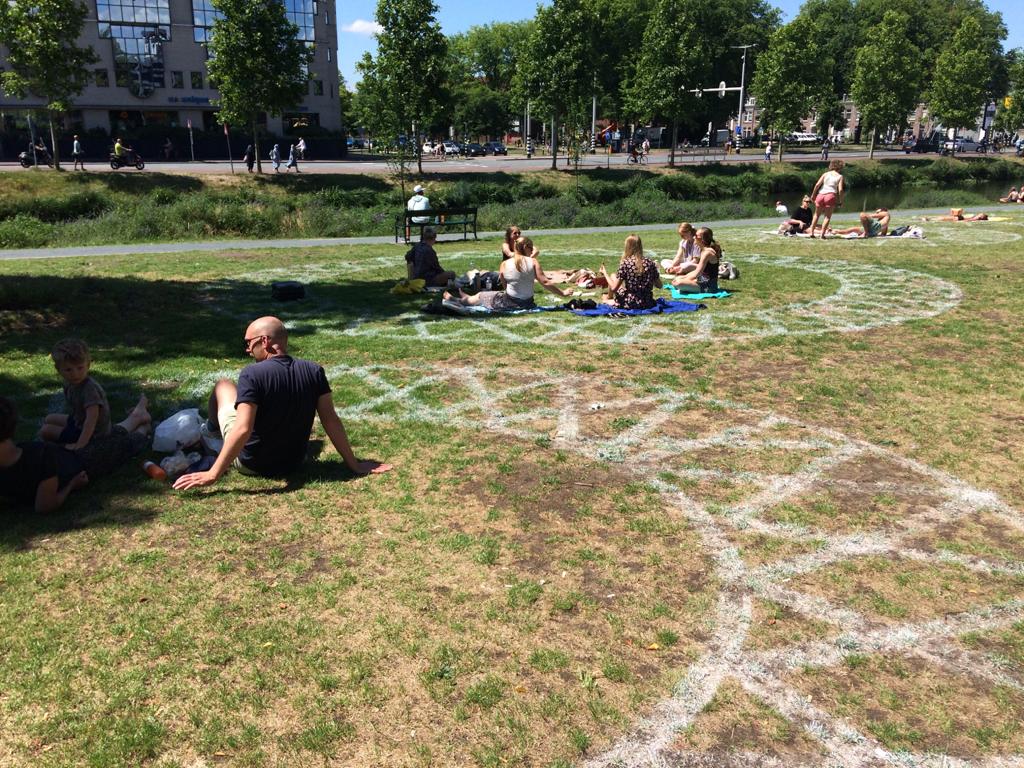
But consciousness about engagement and investment in improving citizens’ quality of life in cities is not new. Previously, however, citizen engagement occurred slowly, at the sometimes-plodding pace of large administrations. Isolated initiatives punctuated an urban chronology as democratic moments, experienced by a happy few, to acknowledge an issue instigated by one of many grassroots associations—a designated day in which a freeway is closed and taken over by pedestrians, a section of a street cordoned off for a Sunday event, a scheduled bike rally along an urban boulevard. Although these kinds of grassroots initiatives enhance the affected citizens’ quality of life in many ways (e.g. improved social cohesion within a neighbourhood, more access to outdoor and green spaces), they often disappear from public view before they can get enough attention to become embraced by the larger public.
In recent years, citizen participation in city-making has been high on the agenda of urban experts and authorities. The idea is to enable individuals to increase control over how their immediate environments are shaped, to give them input into the design, implementation, and control of the process. Within the idea of “participation projects,” citizens and organizations are empowered to realize a city-making process that is democratically run. However, citizen voices in these participation projects often become part of a lengthy discussion by urban authorities. Citizen involvement potentially influences policies and the functioning of bureaucratic institutions, and—due to the many parties involved in the complex logistics of urban development departments—the process is often very slow. Furthermore, the idea of full citizen control is rarely realized. Often, citizen participation remains limited to consultation by a few already-active residents rather than a citywide citizen empowerment regarding how their city is used and shaped.
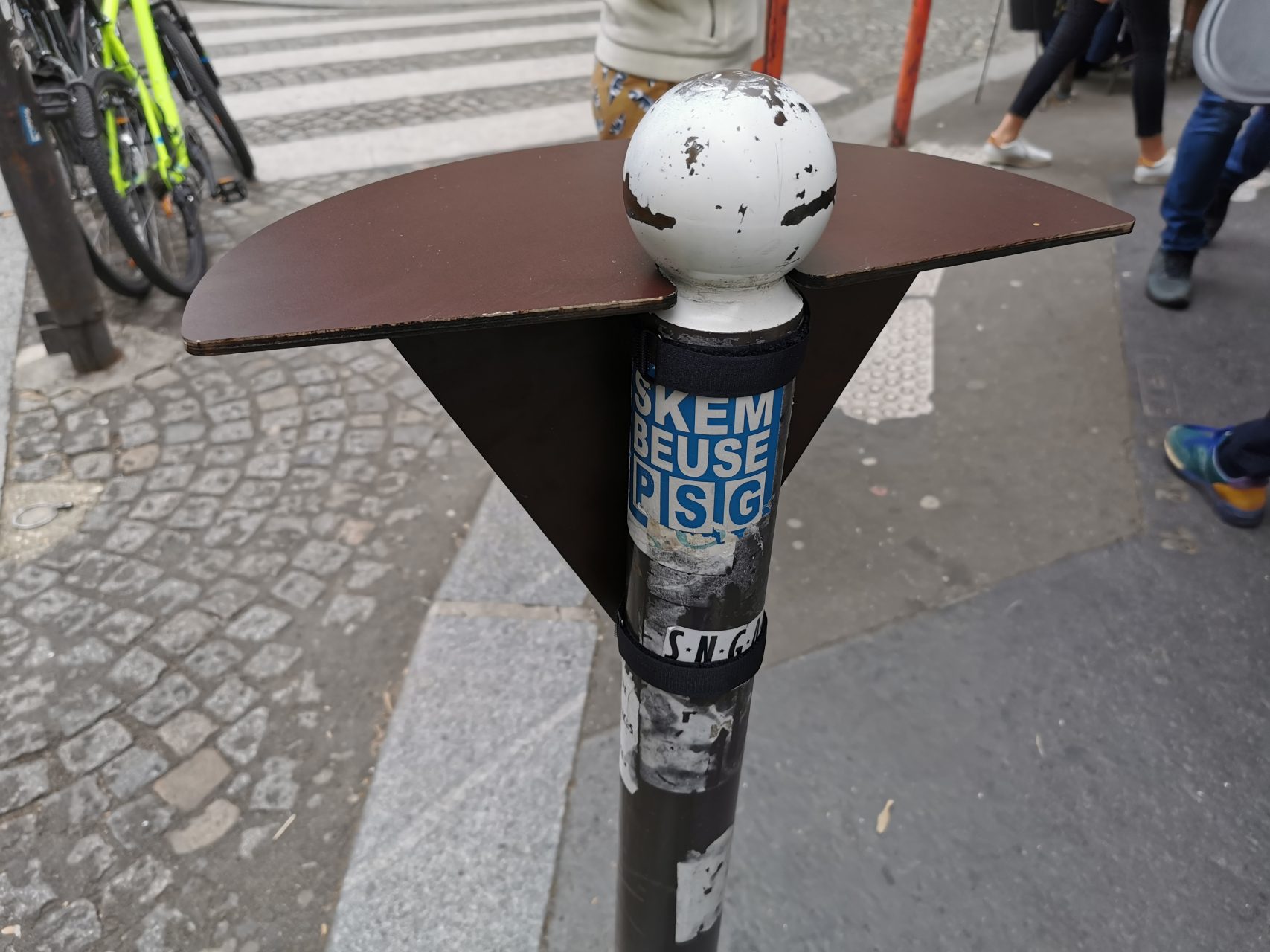
In 2020, this changed. This year, cities were locked down, empty of activity, blank. When, some months later, citizens began to venture out, they could see their cities from a shifted perspective, and started to use public spaces differently. While access to indoor spaces was restricted, citizens flocked en mass to outdoor public spaces.
This led to a scarcity of public space, putting pressures on the use and appropriation of that space. It also led to a different use of public space. Indoor activities were moved outdoors, and due to space limitations, outdoor space was instantly given multiple functions. This immediately led to a search for more creative ways of using that space. At the same time that citizens started to use public spaces differently, authorities accelerated changes in policies to enable different uses of public spaces.
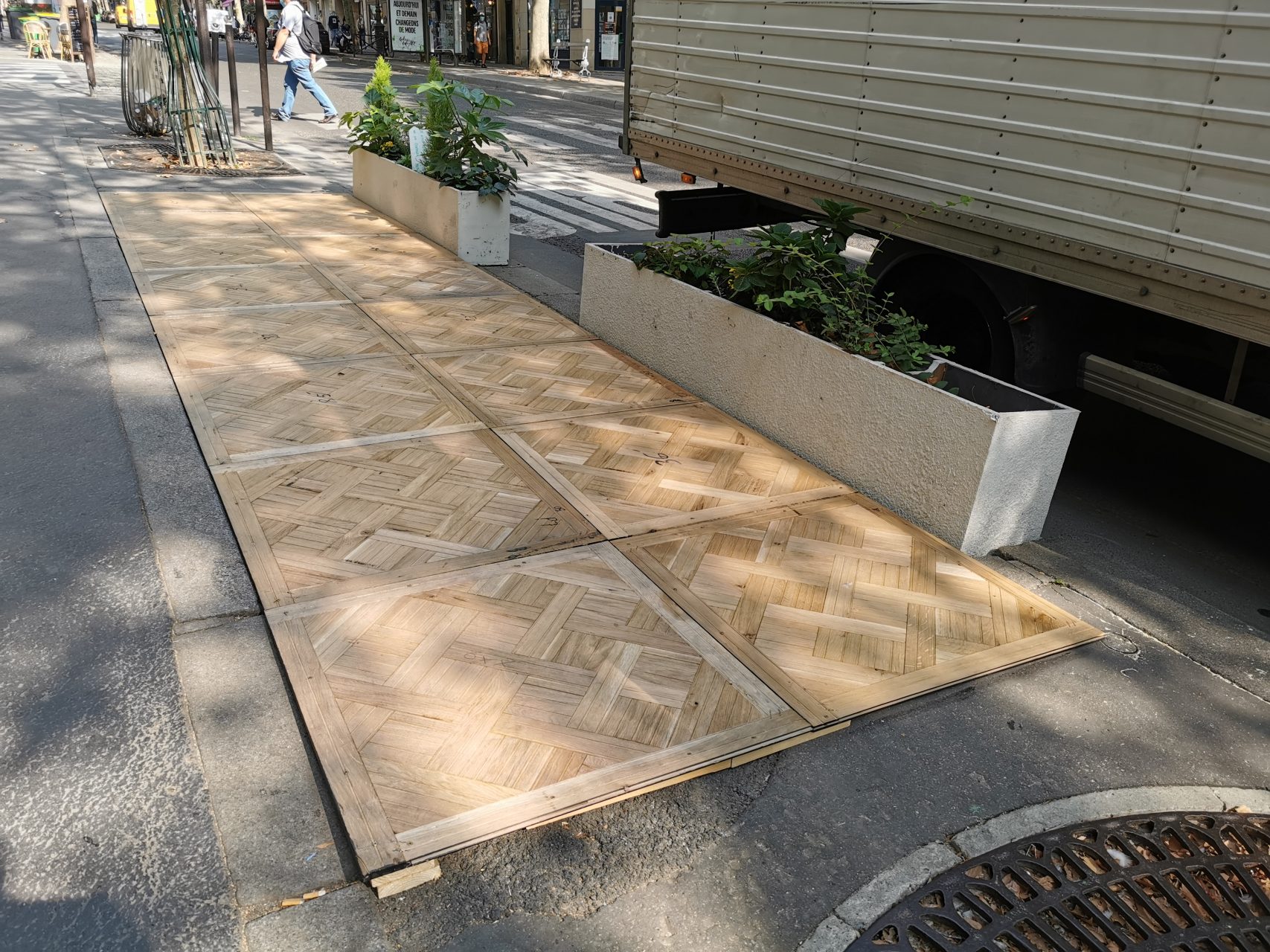
Invitations to be at ease in public space, to share space, and to appropriate space, used to be the domain of tactical urbanism. Tactical uses of public space by engaged citizens—uses that can change with time—bring life to a city by people using space for intense social interactions. Although urban authorities recognize the benefits of tactical uses of space by citizens, it can often create headaches for them, as these uses cannot be predicted and are hard to monitor and control. Furthermore, citizens’ initiatives for public spaces usually explore their use-value more so than economic profitability. However, thanks to the chaotic conditions of the pandemic, the urgency of the public use of outdoor spaces, as well as the involvement of citizens in measures taken to fight the pandemic, allowed urban authorities to consider that citizen proposals might be beneficial, not only in the name of health and well-being but also as a means to ensure citizen support in the transition toward new uses of outdoor urban space.
The pandemic has expanded the duration of otherwise occasional/ephemeral events, allowing the public a fuller experience of the effects of the creative solutions allowed by urban authorities. Initiatives that urban authorities had been working at pushing through have been put in place, usually temporarily but sometimes permanently, due to their positive reception. The arts and humanities come in here, in the form of increased temporary uses of certain spaces, more plural uses of space,2 and uses of space that change over the course of a day. At the same time that citizens come out into the streets and engage in creative use of outdoor space, authorities have been making more room for shared space.3 Instead of the more traditional proscriptions on the use of space, authorities largely started to nudge citizens into certain behaviours, reconsidering former uses,4 and more creative use of formal urban infrastructure.
The pandemic has fed into the intensification of the use of public space, which has created more liveliness in the urban streets. This is witnessed in more people-led creative use and solutions to enable new and multi-uses of public space. By itself this is a hopeful development as it increases active participation of how space is used potentially increasing people’s sense of belonging to these places. However, along with new, non-monetized creative uses of streets and sidewalks, open space is also appropriated by businesses such as bars, restaurants, and grocery shops. During the pandemic, these informal uses have been tolerated for their perceived benefits to the health of urban citizens. Some streets have been transformed into “streateries” (outdoor dining spaces)5 in which the priority for the entire street is given to people, temporarily banning cars. This is potentially hopeful for cities as it reduces noise and air pollution from cars and increases spaces for mingling, meeting others, and expands space for walking and cycling. At the same time, there is anxiety that these temporary situations would become normalized. The transformation of urban spaces previously used for sitting, playing, or walking could become commercialized for large parts of the day.
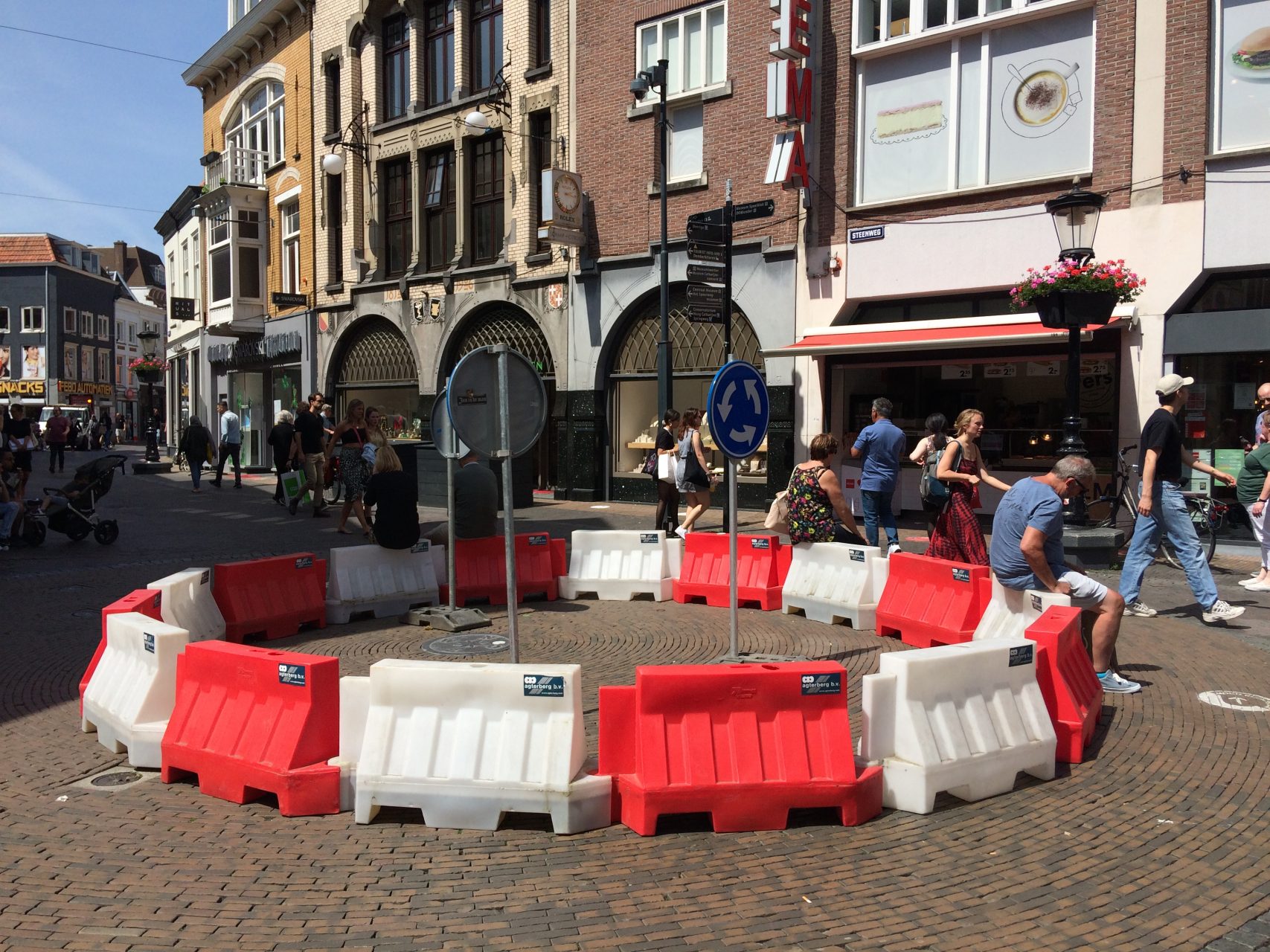
A direct hopeful result of the changes currently taking place is that cities are experiencing more local engagement. As citizens reduce travel movements and work largely from home, they are more connected to their local environments as they spend more time there. Increased interaction between neighbours leads to more communication, generating empathy for the Other and greater social cohesion.6 The potential danger here is that if people become too engaged in their local environments (community, region, country), they could become disconnected to environments further away, leading to increased anxiety regarding the Other/the unknown. Balancing the near with the far remains crucially important.
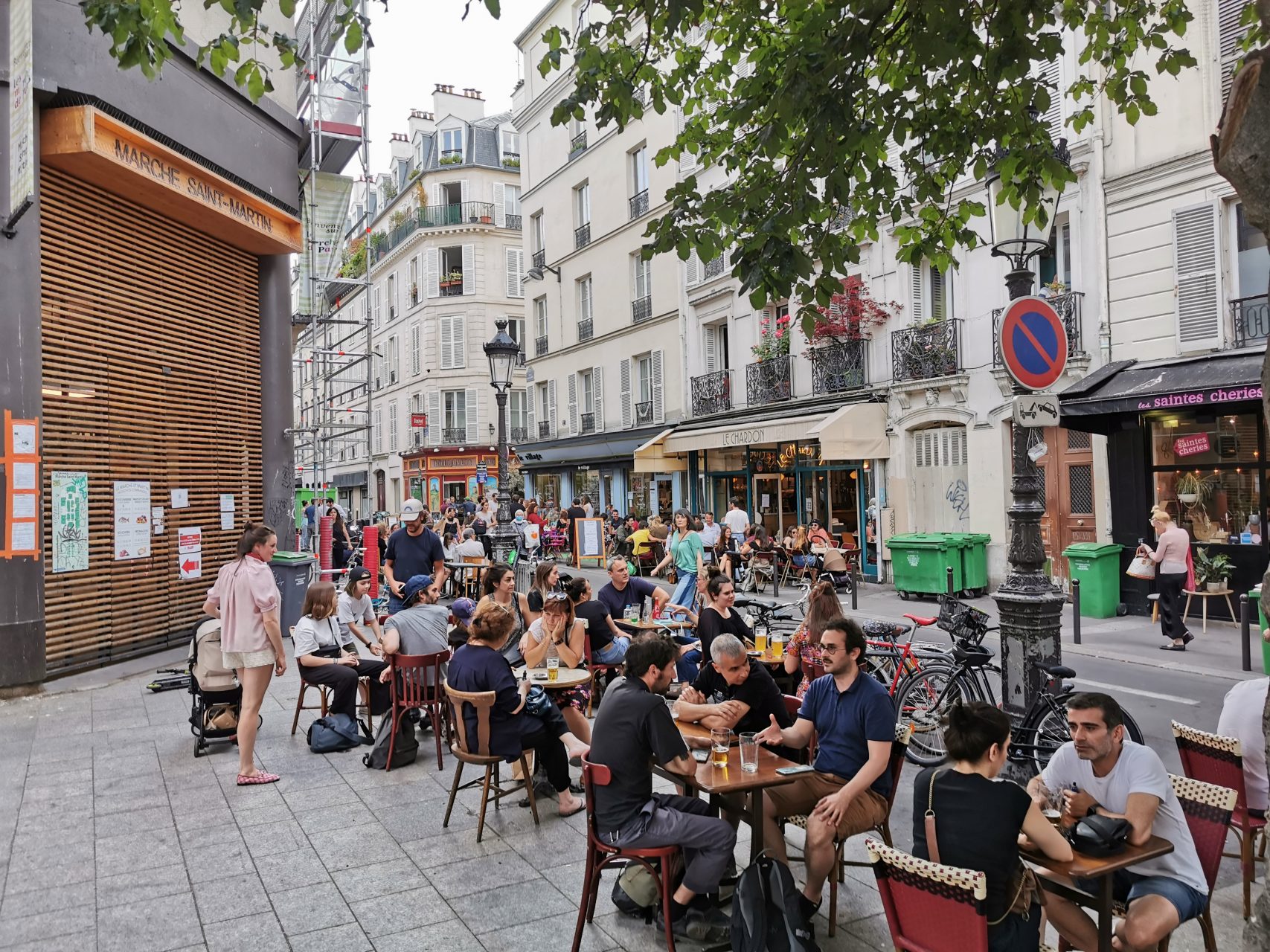
The shift in focus to space previously used for mobility touches upon a very sensitive issue for many people—the right to car ownership and space in which to drive. Although most car owners might welcome a healthier urban environment, there is a deep anxiety among automobilists about losing their perceived freedom of movement,7 as they—representing 20% of the population—previously had access to 70% of the urban space.8 Despite a growing body of data attesting to the fact that automobile-centric cities negatively impact the environment,9 and due to inadequate access to mobility services,10 it is conceivable that feelings of entitlement to space are at the heart of individual automobile owners’ resistance to multimodal alternatives.
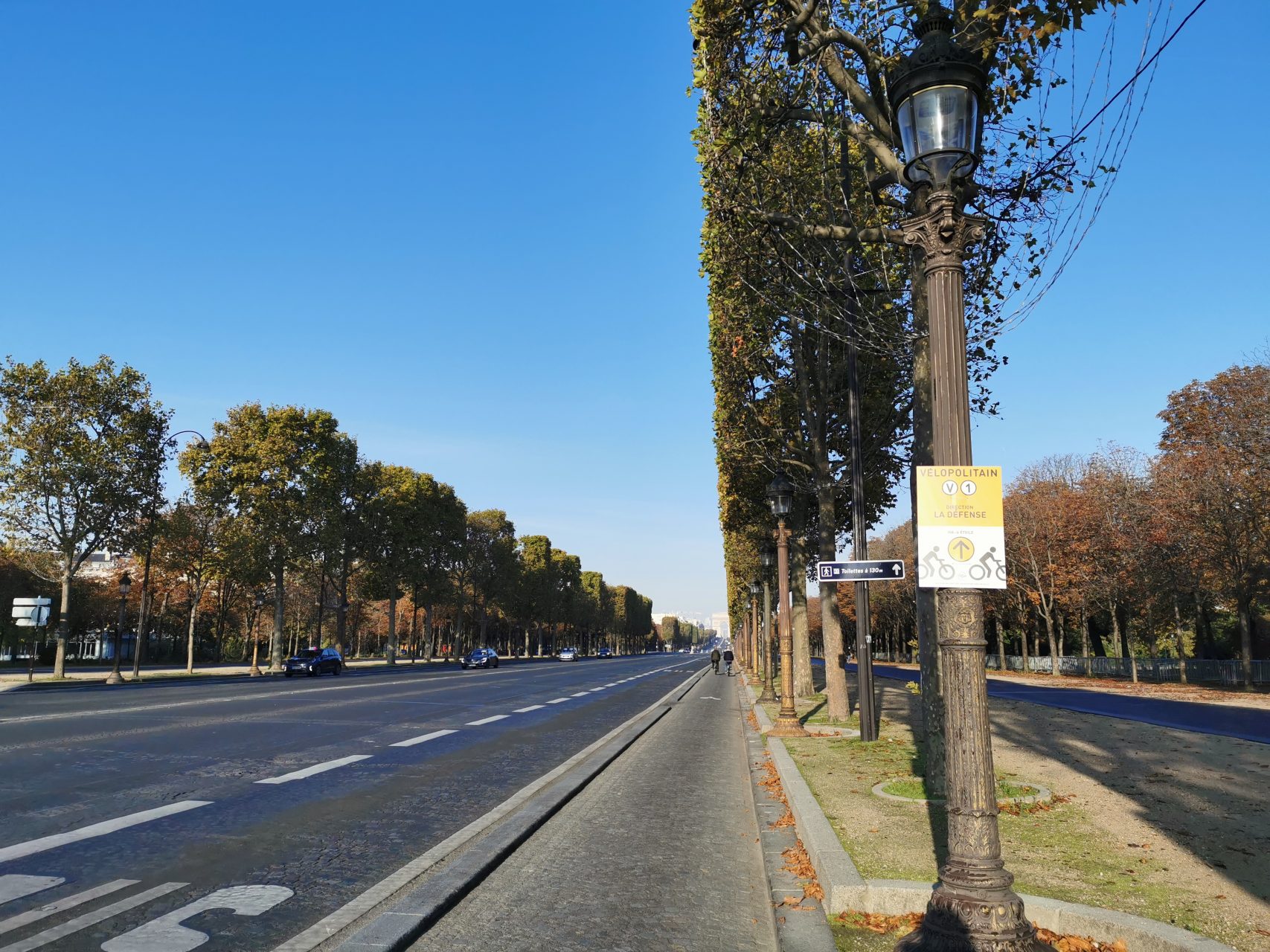
The increased intensification of uses of open public spaces in cities raises questions about how urban space is used and by whom: is space allocated fairly among all citizens? The new uses of urban space since the pandemic is, in general, hopeful. The pandemic has necessitated consideration by authorities, and by citizens, to approach alternative solutions in both the short and the long term. We witness more urban citizens adopting non-polluting modes of mobility, such as walking and cycling, and observe urban authorities fast-track policies that provide more space for alternative modes of mobility to provide more space for other modes of mobility that do not entitle one mode over the other.
In the process of navigating these transitions, our primary hope is that the right balance will be sought by both governments and people in the sharing of the spaces we inhabit.
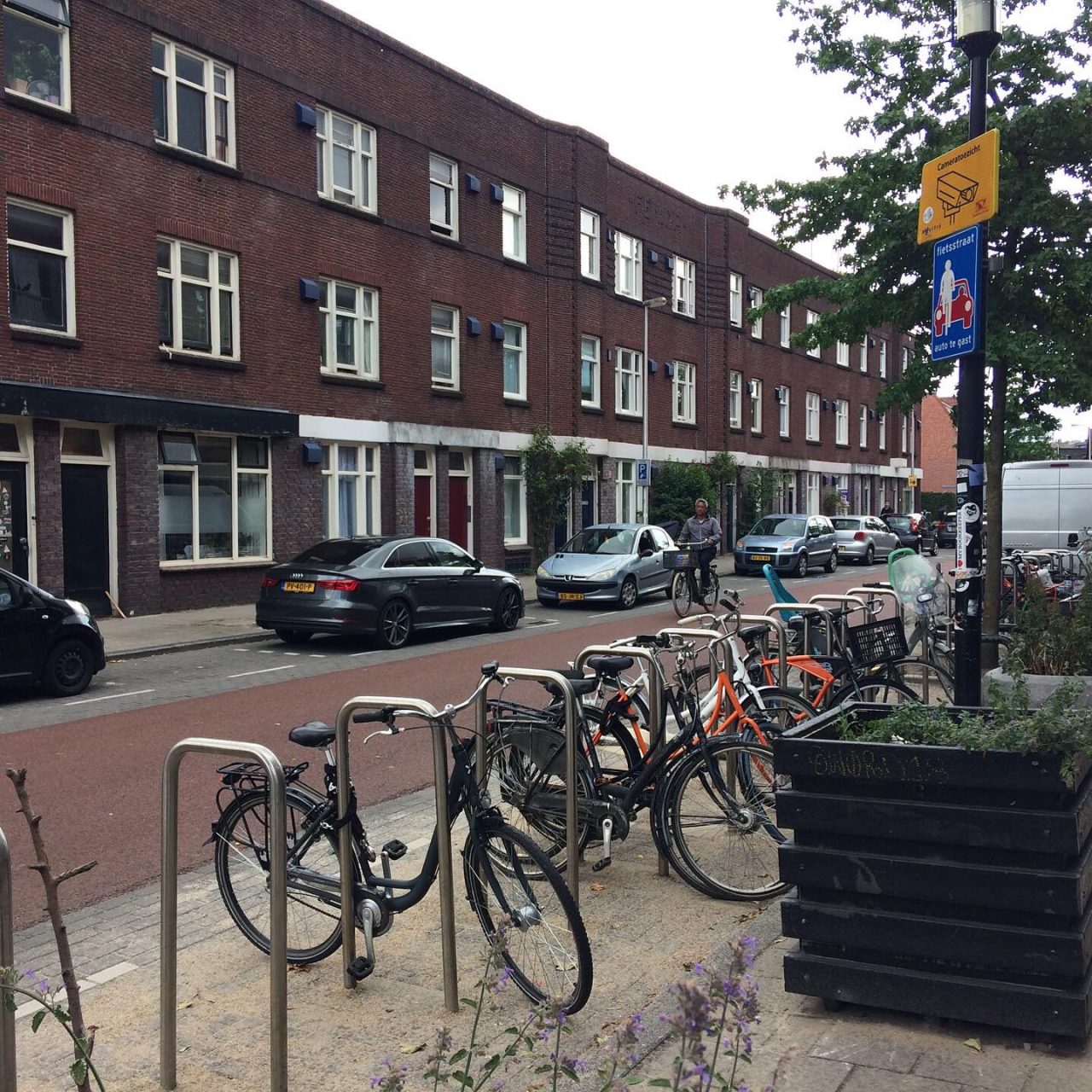
- “A healthy city is one that is continually creating and improving those physical and social environments and expanding those community resources which enable people to mutually support each other in performing all the functions of life and developing to their maximum potential,” Health Promotion Glossary, 1998.
- Gregory Scruggs, “How Much Space Does a City Need?” Next City, 7 January 2015.
- Sarah Wray, “Bogota expands bike lanes to curb coronavirus spread,” Smart Cities World, 18 March 2020.
- Daniel Boffey, “Utrecht restores historic canal made into motorway in the 1970s,” Guardian, 14 September 2020. See also Paul Lecroart interview, Grand Paris Développement, 12 December 2019.
- “How cities are using streateries to help restaurants recover,” Bloomberg Cities, Medium, 28 May 2020; Derek Robertson, “How cities are prioritizing people over parking,” Guardian, 12 October 2020.
- Stephanie Geertman, “Adaptive Resilient Urbanism Through Crisis Management—Vietnam,” Living in Cities, 11 July 2020, quote from Jane Jacobs, The Death and Life of Great American Cities, 1961.
- Enrique Peñalosa, Mayor of Bogota, stated: “An advanced city is not one where even the poor use cars, but rather one where even the rich use public transport.” In “Why buses represent democracy in action,” TED, September 2013.
- Nathalie Mueller et al, “Changing the urban design of cities for health: The superblock model,” Environment International, Vol. 134, January 2020.
- Paul Lecroart, “Rethinking post-carbon cities, from expressways to boulebards,” L’Institut Paris Region, 4 November 2015.
- “Gilets Jaunes et crise de la mobilité: a quoi le Vrai et le Grand Debats ont-ils abouti?” Forum Vies Mobiles, 1 July 2020.
In reflections by Monique Gross and Stephanie Geertman, everyday experience—and experience of the everyday—during the pandemic is examined, along with their potential long-term effects on urbanism and city life.
In reflections by Monique Gross and Stephanie Geertman, everyday experience—and experience of the everyday—during the pandemic is examined, along with their potential long-term effects on urbanism and city life.
